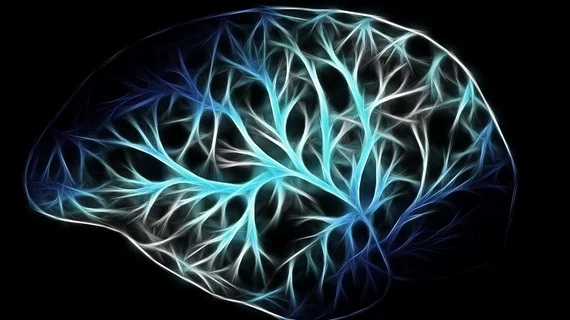New research published in JAMA reported neurological differences in several areas of the brain, including white matter volume, among U.S. government personnel involved in a 2016 auditory attack in Cuba compared to healthy controls.
The researchers analyzed the neuroimaging studies of 40 government workers who were potentially exposed to “uncharacterized directional phenomena” while serving in Havana, Cuba, comparing findings to 48 demographically similar healthy controls.
Compared to healthy brains, those of the government personnel exhibited “significantly” smaller whole brain white matter volume, along with differences in functional connectivity within the auditory and visuospatial subnetworks, reported Ragini Verma, PhD, University of Pennsylvania in Philadelphia, and colleagues.
“These findings suggest that there may be differences in brain structure involving several different brain regions as well as in some functional brain networks,” the researcher commented. “The clinical importance of these differences is uncertain and may require further study.”
In August 2017, multiple news outlets reported that State Department employees at the US embassy in Havana, Cuba were subjected to an “acoustic attack” consisting of unusual audible and sensory phenomena such as sound, pressure or vibration while serving on the island in 2016.
A different JAMA study published Feb. 15, 2018, analyzed MRIs performed in 24 patients who were subjected to that attack. Its authors concluded that the individuals “appeared to have sustained injury to widespread brain networks without an associated history of head trauma.”
Many of these patients reported sleep disturbances, visual and auditory symptoms, cognitive difficulties, headache and issues that required therapy.
Verma and colleagues retrospectively analyzed the advanced structural and functional MRIs of the 40 patients exposed in Havana. Compared to the 48 controls, the US personnel showed differences in regional gray and white matter volumes and cerebellar tissue microstructural integrity in addition to the findings already described. The researchers reported no difference in the executive control subnetwork.
“These unique data provide additional information and contribute to a growing evidence base that may help in understanding the neurological signs and symptoms experienced by this group of individuals," wrote editorialists Christopher C. Muth, MD, Rush University Medical Center, Chicago and Phil B. Fontanarosa, MD, MBA, Northwestern University Feinberg School of Medicine.
Despite the differences in advanced neuroimaging metrics between patients and controls reported in this study, the clinical relevance of these differences is uncertain, and the exact nature of any potential exposure and the underlying etiology of the patients’ symptoms still remain unclear.”

